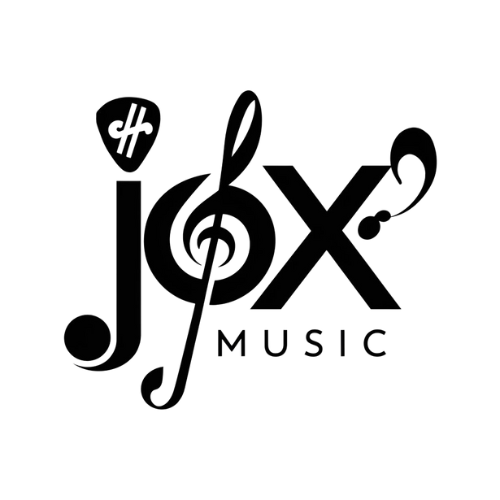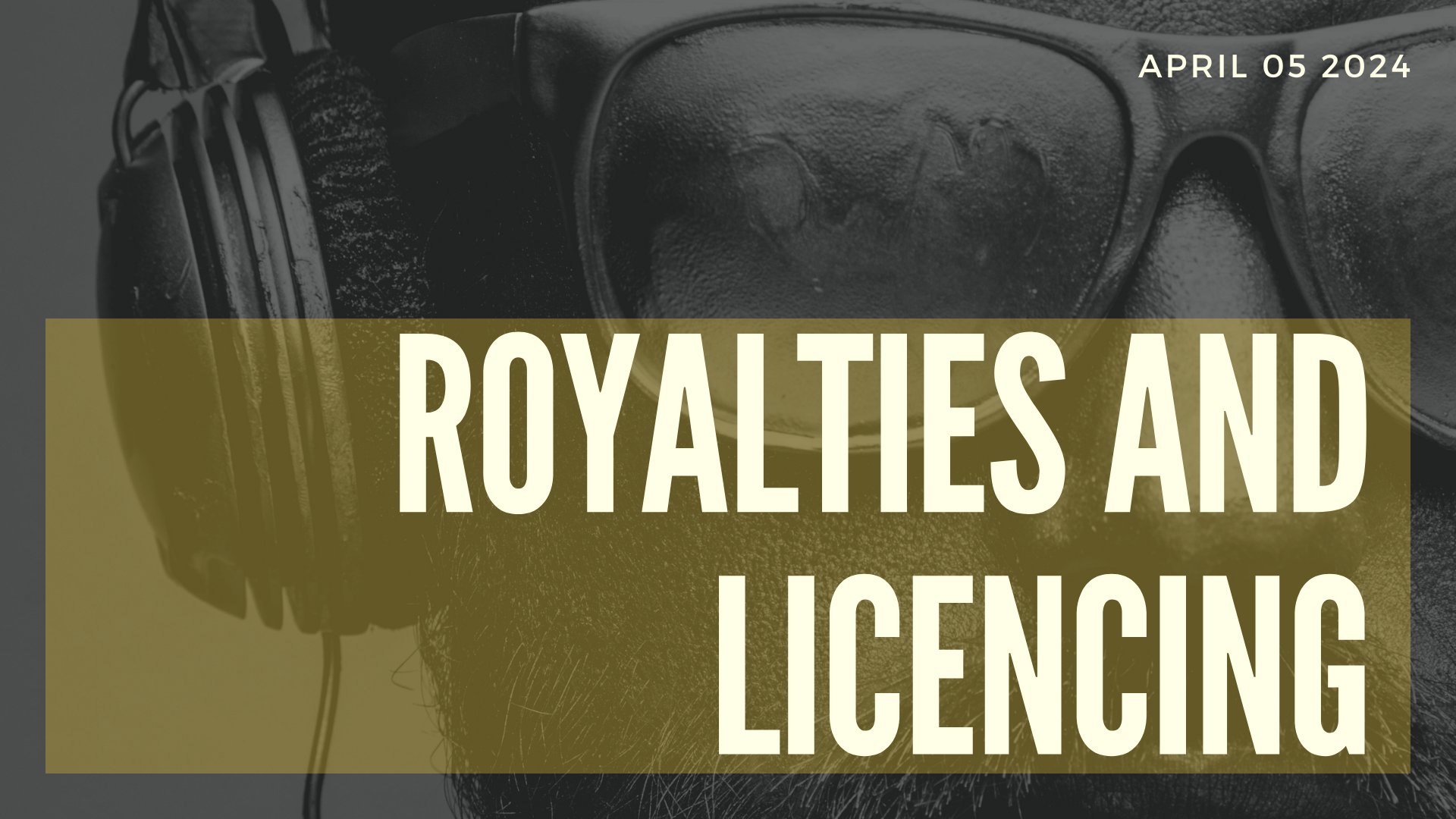What inspires musicians and composers to create magnificent works of art? Passion, right? However, in today’s music world, it is critical to understand the financial side of your favorite sector. Especially the licensing and royalties for your work. Upcoming musicians and composers must have a clear understanding of these concepts. Otherwise, you risk losing money that is rightfully yours. In this post we will explore licensing and royalties using real-life situations.
What Are Music Royalties?

Royalties are remunerations provided to songwriters, composers, and recording artists in exchange for commercial use or consumer purchase of their music. There are numerous varieties:
Mechanical Royalties –
Paid when your song is reproduced and distributed in any physical format (CDs, vinyl, etc) or via permanent digital downloads. The current rate is 9.1 cents per song distributed in the United States.
Example:
Ed Shareens “Shape of You” has over 26 million digital downloads. Mechanical royalties have paid him millions at ordinary rates.
Public Performance Royalties
Paid when your song is played at live performances, retail stores, restaurants, taverns, internet radio, and other public spaces. You need to perform in the correct organizations in order to collect these royalties (PROs).
Example:
Journey’s “Don’t Stop Believin’” is still popular even after decades. U.S. radio play royalties bring roughly $1 million annually for the band.
Synchronization Royalties
When your song gets “synced” on TV, movies, video games, ads, etc., you get paid. Per-use rates range from hundreds to thousands of dollars.
Example:
The Shins earned a large sync fee and increased record sales when “Simple Song” was featured in a pivotal moment in Garden State (2004).
Streaming Royalties
Paid when your song is streamed on services like Spotify, Apple Music, YouTube, etc. These rates are typically fractions of a penny per stream, varying by service.
Example:
While streaming rates are low, for mega-hits it adds up. Drake probably made $15 million from streaming royalties.
The Key Players In Music Licensing

To earn royalties, musicians need to properly license and protect their music through various industry players:
Performing Rights Organizations (PROs) –
ASCAP, BMI, and SESAC license and track songs for public performance and pay songwriters and publishers. U.S. broadcasters pay PROs a blanket license price to play their complete repertoire.
Example:
Taylor Swift is a member of ASCAP. Radio, bar, and concert performances of her songs like “Anti-Hero” collect public performance royalties.
Publishers –
Music publishing companies that own, license and collect royalties for the underlying composition copyrights of songs. They negotiate film, TV, and ad synchronization licensing with PROs.
Example:
Universal Music Publishing bought Bob Dylan’s collection for $300+ million, assuring he receives publishing payments.
Record Labels and Distributors –
Record labels own the master recording rights, while music distributors promote and monetize those recordings through streaming platforms, online stores, physical retail, etc.
Example:
When Olivia Rodrigo broke out with “Drivers License” in 2021, her label Geffen/Interscope split streaming and download income with her.
How This All Ties Together & Where The Money Comes From

To understand how artists get paid royalties, let’s walk through a typical scenario:
1) You write and record your own original song. This gives you two sets of copyrights – the composition (lyrics/melody) and the master sound recording.
2) You register the composition with a PRO like ASCAP or BMI so they can license and track public performances.
3) You sign a deal with a record label and music distributor to release your master recording commercially (physical albums, streaming, downloads, etc).
4) When your song gets played on radio, streamed online, used in a TV show, sold on iTunes – royalties get generated from those specific usages.
5) The PRO collects public performance royalties and pays you your songwriter’s share. The label/distributor collects income from sales/streaming and pays you the agreed recording artist’s share after recouping costs.
This is a very simplified view of the process, which has many more nuances:
– Advancements paid upfront by labels are later recouped from artist royalties.
– Producers often get a share of recording royalties.
– Featured artists may get a cut of song royalties.
– Additional payments and union rules apply for music in films/TV.
– Royalty rates fluctuate globally based on territories and negotiating leverage.
The key takeaway royalties flow from multiple revenue streams based on how your music is used commercially. It’s a complex but important system for musicians to understand.
Also Read Our Article On “Unlock Your Music Potential: Innovative Promotional Strategies“
Real-Life Examples of Music Money

To really grasp music royalties, sometimes numbers help:
– A songwriter’s share of public performance royalties ranges from 6-8 cents per radio play. But for a huge hit, those pennies add up fast.
– Streaming rates can be tiny fractions of a penny per stream. But Drake earned an estimated $15 million from streaming just his 2018 album Scorpion its first year out.
– The typical sync fee for using a song in a big film can range from $15,000-$60,000. Up-and-coming artists may get $1000 or even just exposure.
– Music publishing acquisition prices show the huge lifetime value of hit songs. Sting received $300 million selling his catalog rights.
Succeeding in This Business of Art

Great music will always be creators’ top priority. To benefit from your art, you must also embrace the business side licensing, royalties, copyright protection, professional representation, and revenue diversification. Understanding it will help you make a living doing what you love.
Some key tips:
– Register with a PRO like ASCAP or BMI from day one.
– Read all contracts thoroughly and understand your rights.
– Find an experienced music lawyer/manager to represent your interests.
– Explore all income streams – live shows, merch, YouTube monetization.
– Research changes in music consumption trends and royalty structures.
The existing royalty system isn’t perfect, but having a solid grasp of music licensing and royalties empowers artists to get properly paid for their creative work – something very much worth fighting for.

